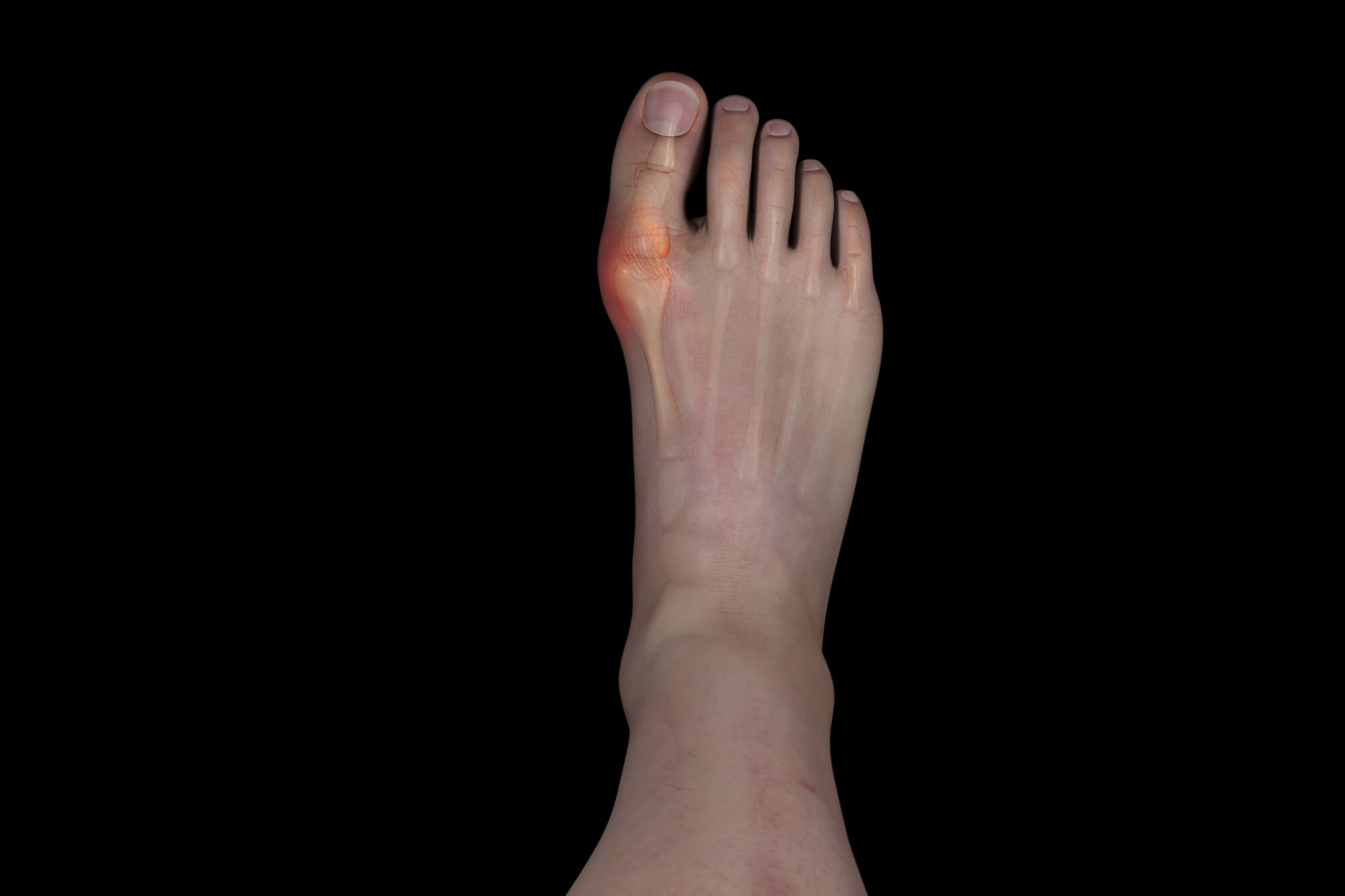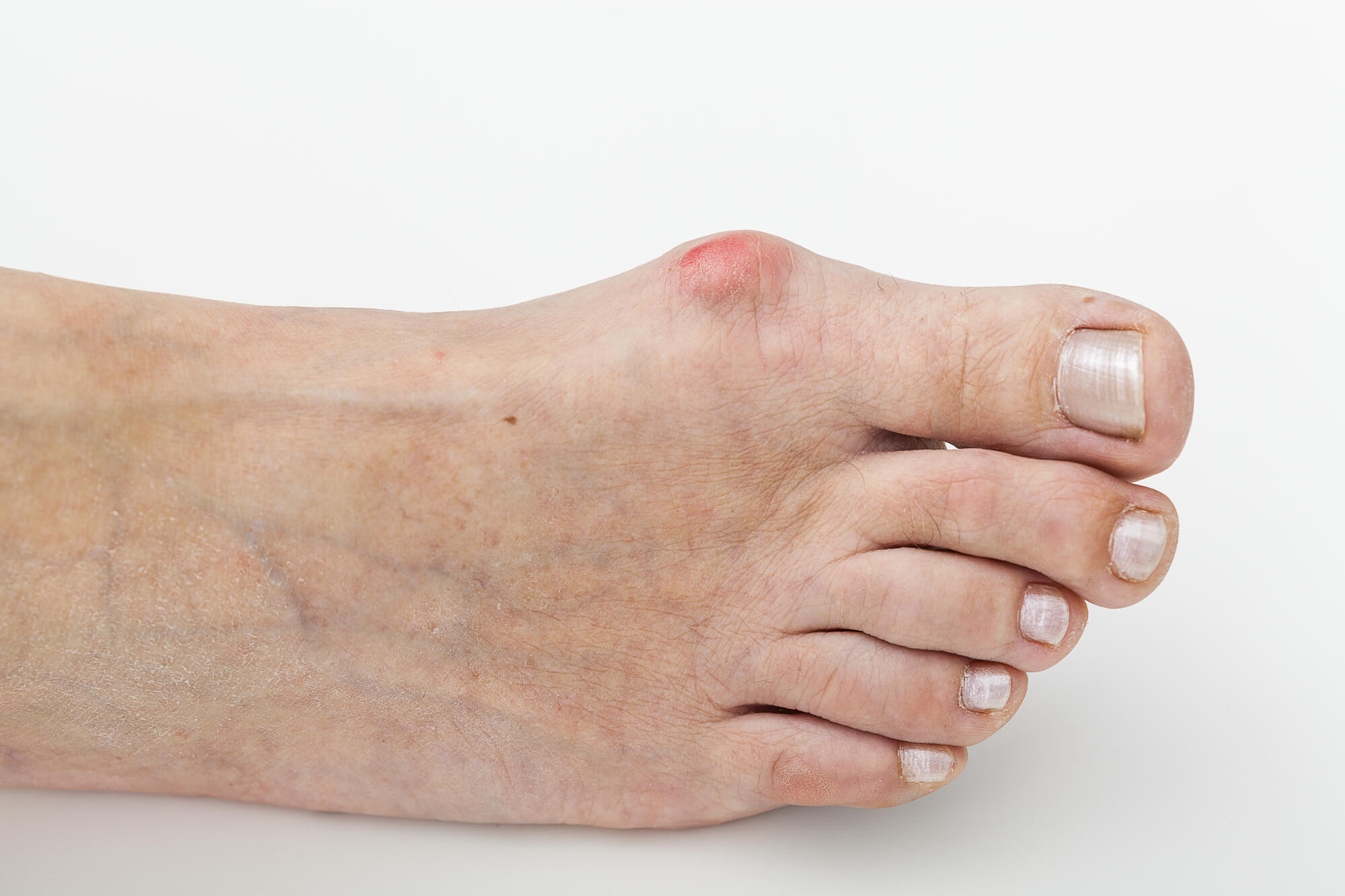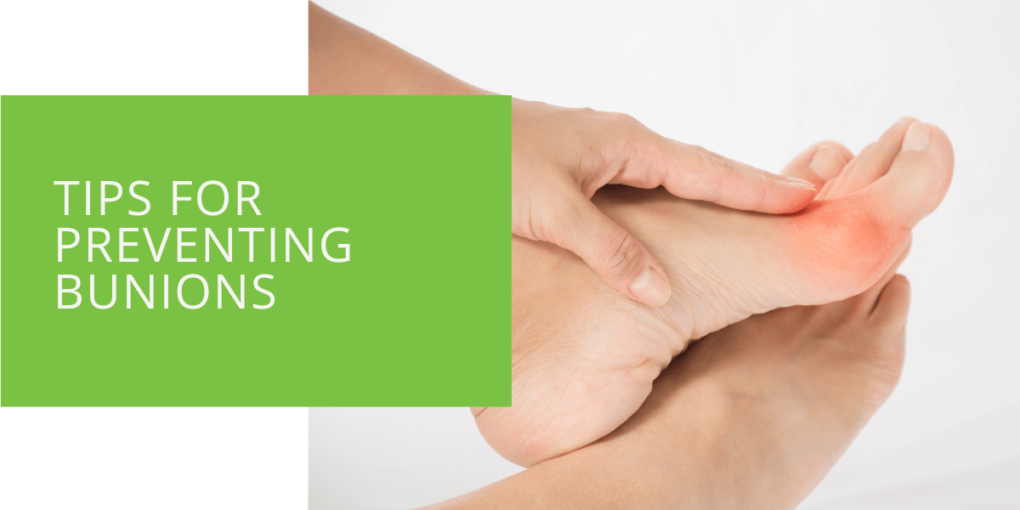Tips for Preventing Bunions
Bunions are a common foot problem that can cause pain and discomfort. They are bony bumps that form on the big toe's joint and can make it difficult to find shoes that fit comfortably. If you're worried about developing bunions, there are things you can do to help prevent them. This article will cover five tips for preventing bunions so you can keep your feet healthy and pain-free.
5 Tips for Preventing Bunions
1. Wear the Right Shoes
One of the biggest risk factors for developing bunions is wearing the wrong type of shoes. High heels and tight-fitting shoes can pressure the big toe joint and lead to bunion formation. To help prevent bunions, choose shoes with a wide toe box and a low heel. This will allow your toes to move freely and reduce the risk of bunions. If you have flat feet or low arches, you may also want to look for shoes with arch support to help distribute your weight evenly across your foot.

2. Use Orthotics
If you're prone to bunions or have a foot problem that makes you more likely to develop them, you may consider using orthotics. Orthotics are inserts in your shoes to help redistribute weight evenly across the foot. They can also help correct any gait imbalances contributing to bunion formation. A podiatrist can make custom orthotics that are tailored to your specific needs. Over-the-counter inserts are also available and can provide some relief from bunion pain.
3. Stay Active
Exercise is important for overall health and can help prevent bunions. Staying active helps keep your feet and toes strong and flexible, reducing the risk of bunion formation. Consider activities like swimming or cycling that take pressure off your feet. You should also try to walk or stand on soft surfaces whenever possible to reduce the impact on your feet.
4. Take Breaks When Standing or Walking for Long Periods
If you must stand or walk for long periods, it's important to take breaks to rest your feet. This will help reduce the risk of bunions and other foot problems. Try to elevate your feet when possible to help reduce swelling. You can also do some simple stretches to keep your feet and toes flexible.
5. Stretch Your Feet and Toes
Simple stretches can help keep your feet and toes flexible and reduce the risk of bunions. Try rolling a ball under your foot or using a toe spacer to stretch your toes. You can also try gently pulling your toes towards you to stretch the muscles in your feet. Stretching can help improve circulation and reduce the risk of bunion formation.

Different Types of Stretches for Preventing Bunions
You can do several stretches to help prevent bunions and keep your feet and toes flexible. Here are a few examples:
- Toe stretches: Try using a spacer or a towel to stretch your toes. Place the spacer or towel under your toes and gently press down to stretch the muscles in your feet. You can also try gently pulling your toes towards you to stretch the muscles.
- Foot rolls: Try rolling a ball under your feet to stretch your feet. This can help massage and stretch the muscles in your foot and toes. You can use a tennis ball, golf ball, or other small, hard ball.
- Ankle stretches: Try standing on a step and lowering your heels toward the ground to stretch your ankles. This will stretch the muscles in your ankles and feet. You can also try sitting on the floor and crossing one ankle over the other knee, then gently pressing down on the elevated ankle to stretch the muscles.

Step-by-Step Guides for Stretching Your Feet and Toes
Toe Stretches
- Start by sitting in a comfortable position with your feet flat on the floor.
- Place a toe spacer or a towel under your toes.
- Gently press down on the spacer or towel to stretch your toes.
- Hold the stretch for 10-15 seconds, then release.
- Repeat the stretch 3-4 times for each foot.
Foot Rolls
- Start by sitting in a comfortable position with your feet flat on the floor.
- Place a ball under one foot.
- Slowly roll the ball back and forth under your foot, massaging and stretching the muscles.
- Repeat the stretch 3-4 times for each foot.
Ankle Stretches
- Start by standing on a step or raised surface with your heels hanging off the edge.
- Slowly lower your heels towards the ground, stretching your ankles and feet muscles.
- Hold the stretch for 10-15 seconds, then release.
- Repeat the stretch 3-4 times for each foot.
Remember to stretch slowly and gently, and stop if you feel pain. Stretching can help improve circulation and reduce the risk of bunion formation, but it's important to listen to your body and stop if you feel discomfort.
Conclusion
Bunions can be painful and frustrating foot problems, but there are things you can do to help prevent them. By wearing the right shoes, using orthotics, staying active, taking breaks when standing or walking for long periods, and stretching your feet and toes, you can reduce your risk of developing bunions. If you're concerned about bunions or have a foot problem that is getting worse, it's a good idea to see a podiatrist. A podiatric doctor can evaluate your foot and ankle and recommend the best treatment to help prevent bunions.
FAQ
How can I prevent bunions naturally?
To prevent bunions naturally, you can try wearing shoes with a wide toe box and a low heel, using orthotics, staying active, taking breaks when standing or walking, and stretching your feet and toes. You can also try avoiding high heels and tight-fitting shoes, as these can put extra pressure on the big toe joint and increase the risk of bunion formation.
Can you stop a bunion from progressing?
It's possible to slow down the progression of a bunion, but it's difficult to stop it completely. If you have a bunion that is causing you pain or discomfort, it's important to see a podiatrist. They can recommend the best treatment options to help slow down the progression of the bunion and reduce your symptoms.
Can you reverse bunions naturally?
It's difficult to reverse a bunion naturally completely. In some cases, early intervention and consistent treatment can help slow down a bunion's progression and reduce the deformity's severity. However, once a bunion has formed, it's usually necessary to seek medical treatment to correct the deformity.
What is the main cause of bunions?
The main cause of bunions is wearing shoes that don't fit properly. High heels and tight-fitting shoes can put extra pressure on the big toe joint and lead to bunion formation. Flat feet and low arches can also increase the risk of bunions. Genetics may also play a role, as bunions tend to run in families.
What is the fastest way to get rid of a bunion?
The fastest way to get rid of a bunion is to seek medical treatment. A podiatrist can evaluate your foot and recommend the best treatment, which may include surgery to correct the deformity. In the meantime, you can try wearing shoes with a wide toe box and a low heel, using orthotics, and taking breaks when standing or walking for long periods to help reduce your symptoms.

